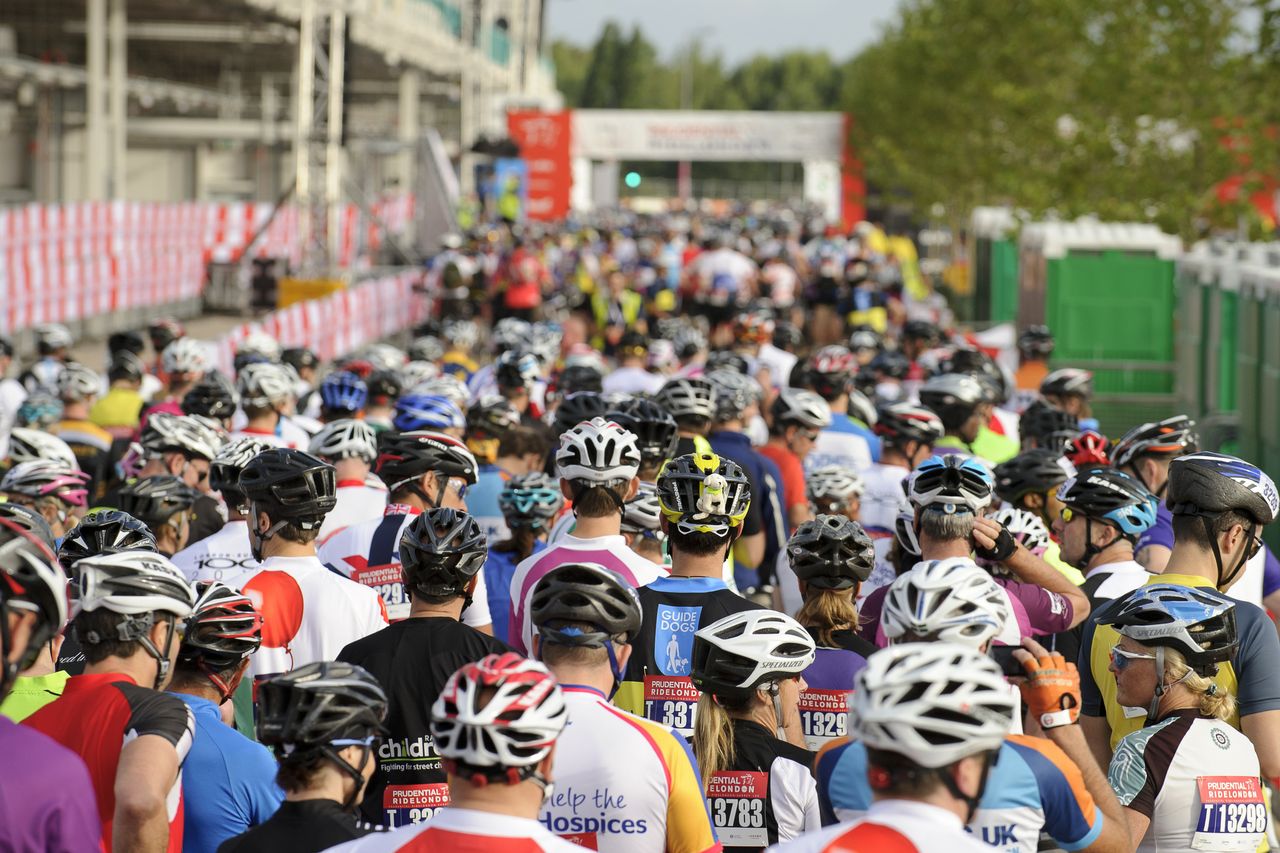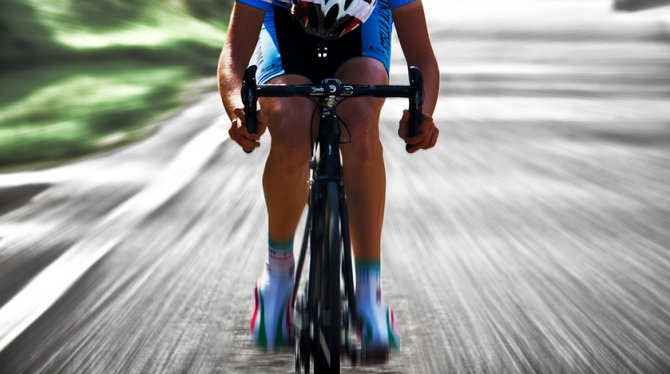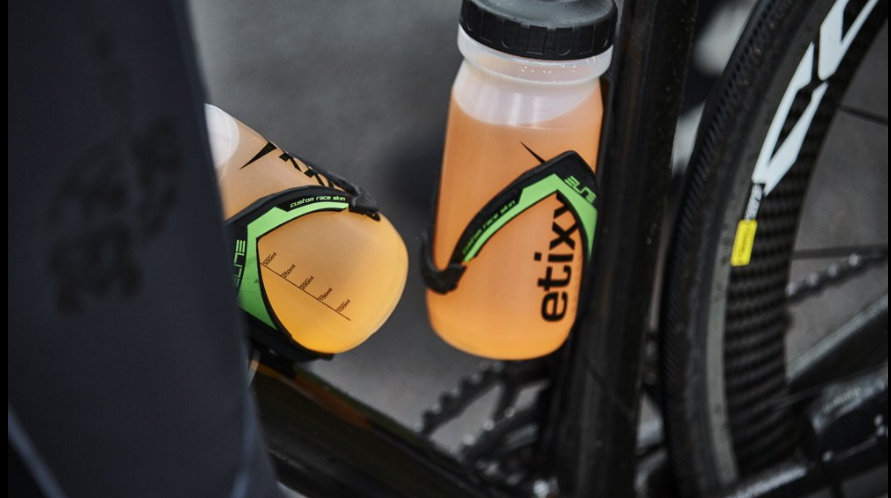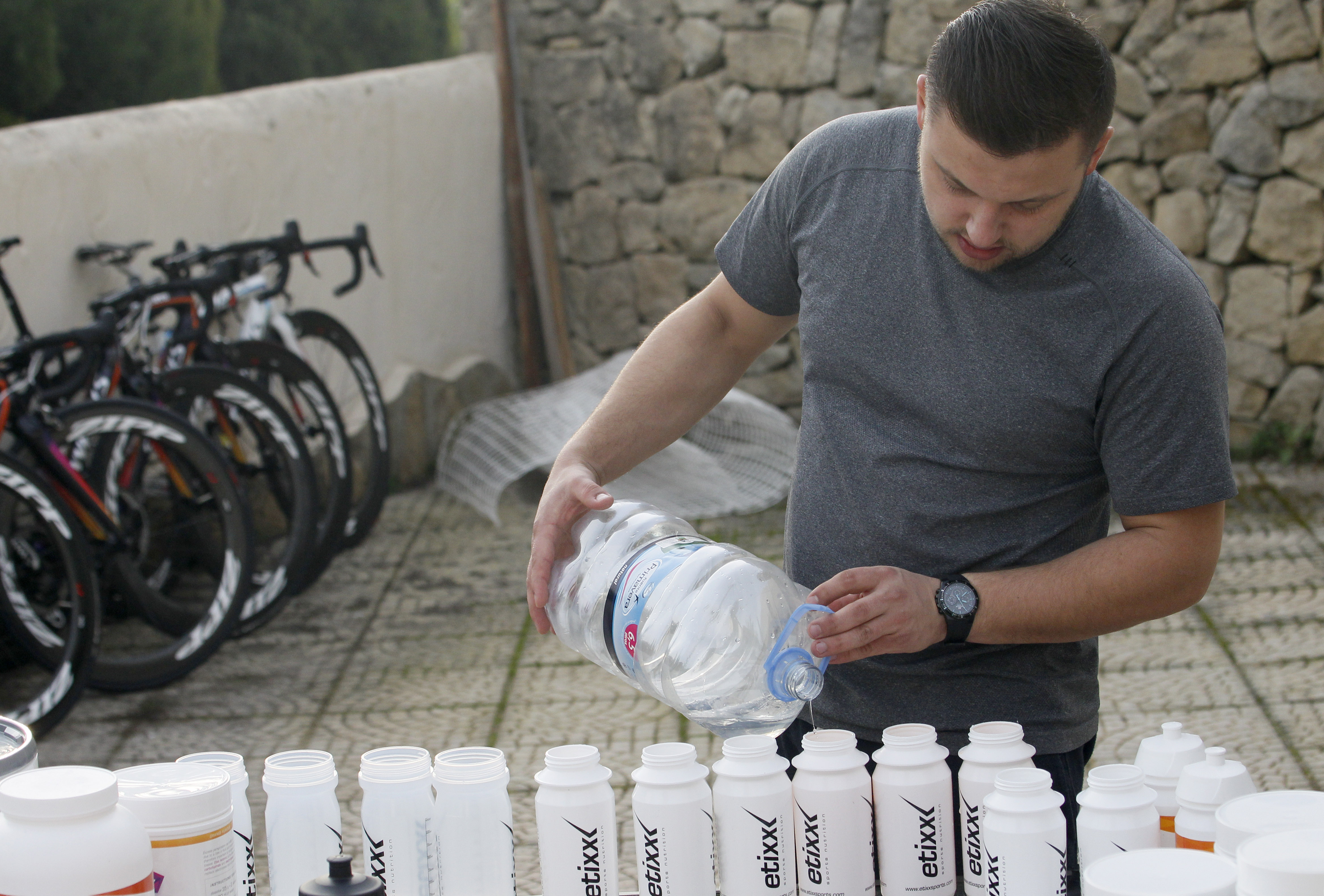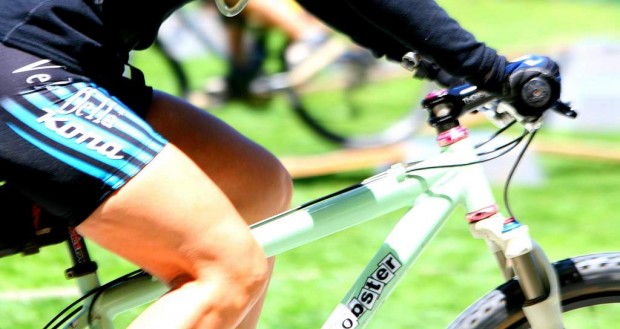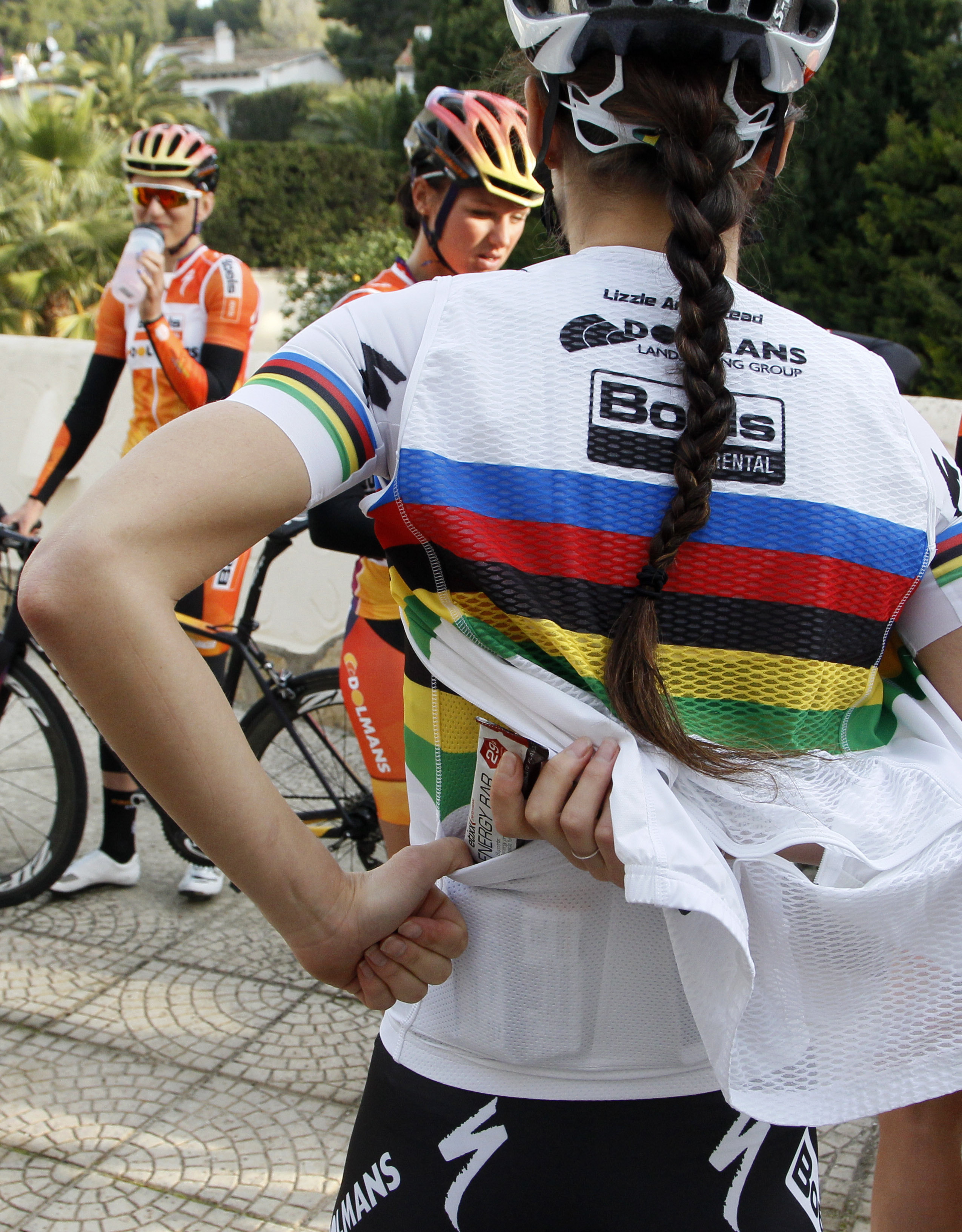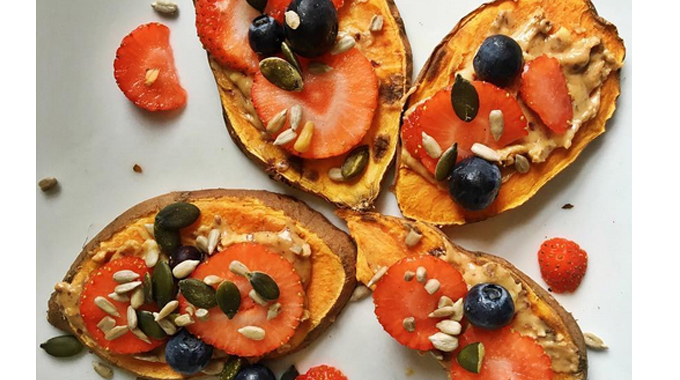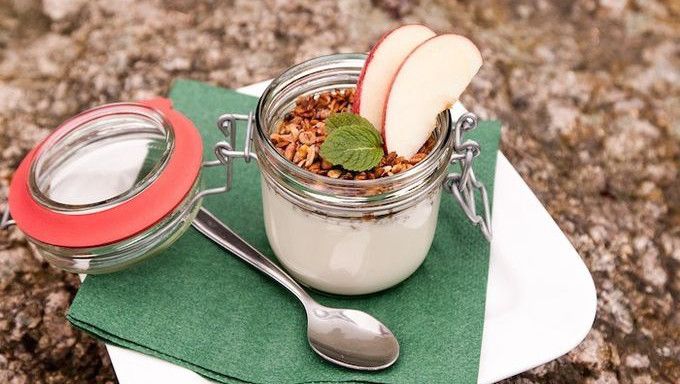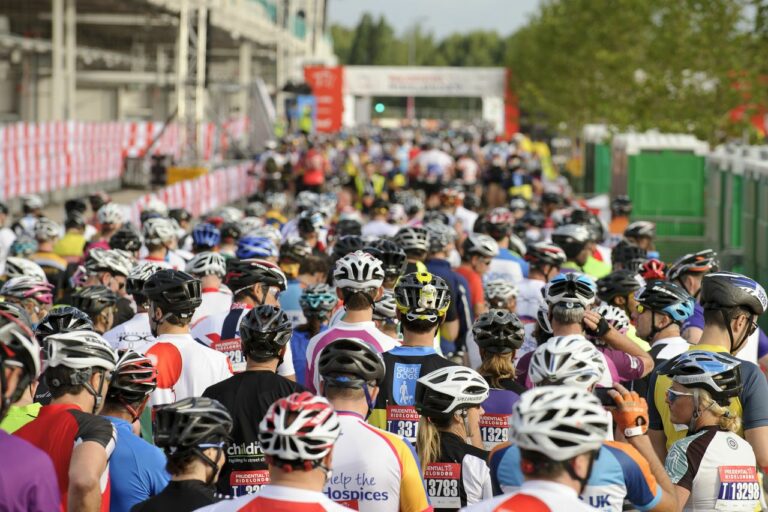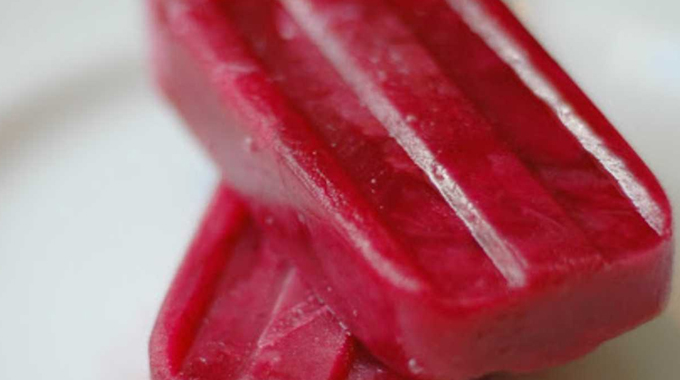Are you taking part in the RideLondon 100 sportive? Or planning an upcoming cycling mission of similar proportions? The ride will no doubt be a fantastic experience, but for most people it will also be a challenge.
6 Tips for Riders Tackling the Prudential RideLondon 100
Such an event will place a fair amount of stress on your body – both physiologically and psychologically. However, you can reduce the impact by getting your nutrition right.
We asked Charlotte Kennedy from Etixx Nutrition to describe exactly what happens to your body over a 100 mile ride and how nutrition can help you to cope…
You’ll use up energy

Sounds obvious, right?! But it’s this energy expenditure that kicks off a chain of physical events that you need to cater for with adequate nutrition.
Ask the Expert: Does Carb Loading Work for Women?
Charlotte told us: “Simply put, riding 100 miles is going to require a lot of energy and over the course of the ride energy stores will start to deplete. This main source of energy for intense exercise is carbohydrates and therefore this is the nutrient you need to pay close attention to.
“If you’ve eaten enough carbohydrate in the build up to event day, you will have enough stored energy to last around 90 minutes of exercise and after this point fatigue will start to set in. The only way to cope with this is to continue to take on fuel for the duration of your ride. This fuel should come in the form of carbohydrates to give your body more fuel to burn. Hopefully by now you’ll have a plan on some foods you’re going to take with you and this should include real food and energy products- both have their advantages!”

Photo – Davy Rietbergen/BoelsDolmansCyclingTeam
Energy Gels: What are They and How to Use Them
Providing suggestions from the Etixx range, she added: “Energy gels such as the Etixx Triple Action Energy Gel contain easily digestible carbohydrates that give you a quick boost when you need it so keep some in your jersey pocket. There will also be food stops along the way, but don’t rely solely on these to fuel your ride. Feed stations at mass participation events can get very crowded and they might run out of the option you want.”

